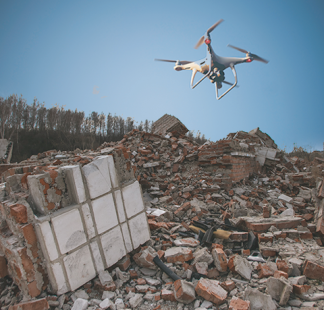Introductory
Event Organizer(s)

Description
This course is based on two ITU products: The Last-Mile Connectivity Internet Solutions Guide and Broadband Connectivity Toolkit. The Last-Mile Connectivity Internet Solutions Guide was developed to support the design and development of programmes and interventions that address the lack of Internet infrastructure availability in certain areas and high Internet service prices that make Internet connectivity unaffordable for local populations.
Upon completion of this course, participants will be able to:
Understand the steps for identifying and selecting affordable and sustainable technology for connecting a locality to broadband transport backbones (Middle-Mile connections for localities, schools, hospitals etc.).
Understand the steps for identifying and selecting affordable and sustainable technology for creating last mile connectivity for localities.
Determine a network topology for a multiple objects network.
This course will be delivered using self-paced online learning. Participants will reinforce their understanding of the topics studied by drawing on their specific environments and are encouraged to consult with colleagues who are working on a relevant topic. The following methods will be used for this course
• Self-study materials
• Reference documents
• Knowledge check
Final Quiz counts as 100% of the total score
Pass mark is 80% to obtain the ITU digital badge.
Module 1: Roadmaps for Connecting the Last Mile
Module 2: Technology and Tools for Middle and Last Mile Connectivity Network Design
Module 3: Outside of the Box Interventions for Connecting the Last Mile Policy Financing











